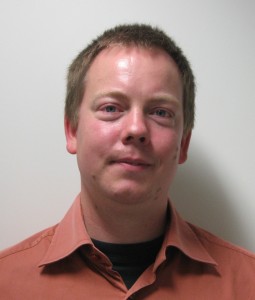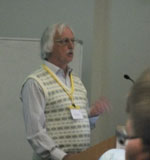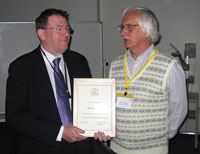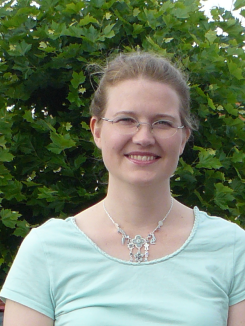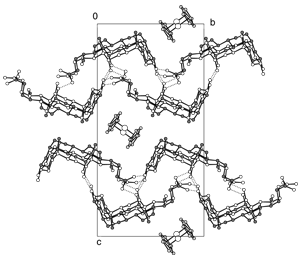The 25th European Crystallographic Meeting was held in the Harbiye Museum and Cultural Centre in the beautiful city of Istanbul. It was a very eventful week, and contributions to the conference made by Chem. Cryst. include:
N. David Brown, James Haestier, Mustapha Sadki, Amber L. Thompson & David J. Watkin
A Further Improved Structure Matching Algorithm (Poster)
James Haestier
Handling of Cell Errors and their Effect on Derived Parameters (Poster)
Mustapha Sadki
New Modelling for Disordered Atoms in Free-form Based Hybrid Refinement and Visual Representation (Poster)
Mustapha Sadki
The Application of Novel Modelling and Refinement Strategies to Crystallography (Presentation)
Amber L. Thompson & David J. Watkin
Absolute Configuration Determination – Is there More Information in the Data? (Poster)
David J. Watkin, Richard I. Cooper & Amber L. Thompson
CRYSTALS:Â Refinement and Validation Tools (Poster)
David Watkin
The Future of Small Molecule Software (Session Chair)
